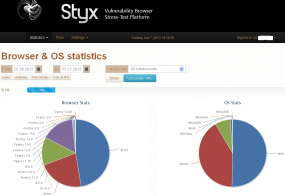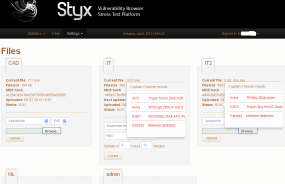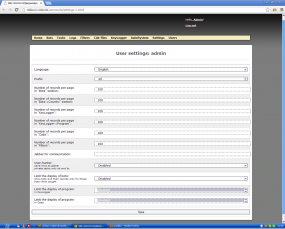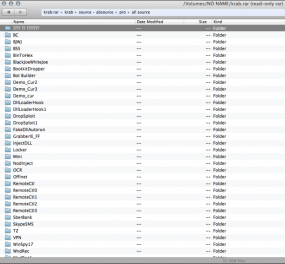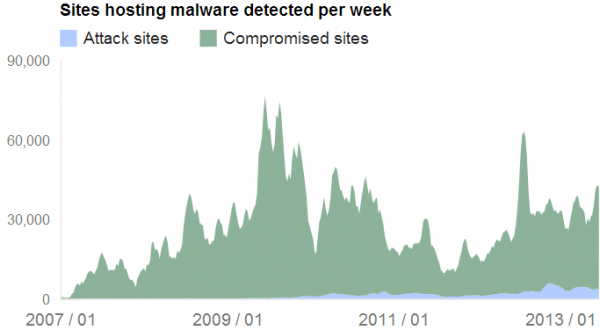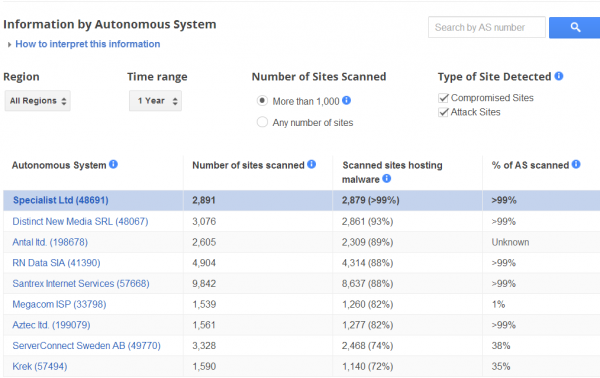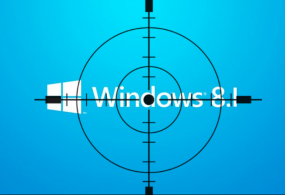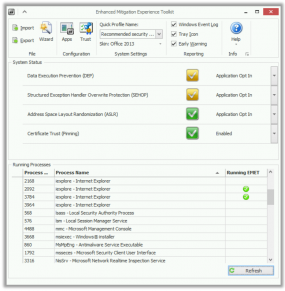Earlier this week I wrote about the Styx Pack, an extremely sophisticated and increasingly popular crimeware kit that is being sold to help miscreants booby-trap compromised Web sites with malware. Today, I’ll be following a trail of breadcrumbs that leads back to central Ukraine and to a trio of friends who appear to be responsible for marketing (if not also making) this crimeware-as-a-service.
 As I noted in Monday’s story, what’s remarkable about Styx is that while most exploit kits are sold on private and semi-private underground forums, Styx has been marketed and sold via a regular Web site: styx-crypt[dot]com. The peddlers of this service took down their site just hours after my story ran, but versions of the site cached by archive.org hold some important clues about who’s responsible for selling this product.
As I noted in Monday’s story, what’s remarkable about Styx is that while most exploit kits are sold on private and semi-private underground forums, Styx has been marketed and sold via a regular Web site: styx-crypt[dot]com. The peddlers of this service took down their site just hours after my story ran, but versions of the site cached by archive.org hold some important clues about who’s responsible for selling this product.
At the bottom of the archived styx-crypt homepage, we can see two clickable banners for an account at virtual currency Webmoney to which potential customers of Styx will need to send money in order to purchase a license for the software. The Webmoney account #268711559579 belongs to a Webmoney Purse number Z268711559579. Follow that link and you’ll see that the registered username attached to that purse is “Ikar.” If we look closer we can see that Ikar’s Webmoney purse is connected to another purse at Webmoney account 317426476957, which is this purse belonging to a user named “Nazar.” (Update: July 11, 10:14 p.m.: Both Ikar and Nazar changed the names on their Webmoney accounts after this story ran. Thankfully, archive.org cached the old data. The links to the purses above have been changed accordingly.)
Both Ikar and Nazar are nicknames that were used in Styx sales threads on several underground forums, including damagelab[dot]org, secnull[dot]cc and antichat[dot]ru. In these threads, Ikar used the contact address “ikar@core.im“, while Nazar listed “nazar@hush.ai“. Both addresses are associated with forum accounts named “Ikar” and “Renzor” (for examples, see this cached, Google-Translated page from Renzor’s account on antichat.ru, and this cached page from secnull[dot]cc). Nazar’s address is linked to a “Max Lighter” profile on Facebook, but not much more information is available on that profile.
Ikar@core.im doesn’t appear to be connected to anything special, but Nazar’s address was used as the point-of-contact in registering two very interesting domains: reality7solutions.com and uptimer.biz. Looking at the familiar wormhole-like squiggly at the top of reality7solutions.com, I noticed it was very similar to the rotating icon (youtube.com video) used by the Styx pack.
Reality7solutions.com’s homepage lists an address in the United States for a company called EPAM Systems, which according to the business directory maintained by Hoovers is a public company that specializes in IT outsourcing. Hoovers says the company provides “software development and other IT services to US and European customers primarily from development centers in Russia, Belarus, Hungary, Ukraine, Kazakhstan and Poland.”
The ICQ number listed on the homepage of reality7solutions.com belongs to a Website design professional from Khmelnitsky, Ukraine named Stanislav Shangin. If we look at Schangin’s personal page where he lists all of the Web sites he’s been hired to create, we can see he designed both styx-crypt[dot]com and reality7solutions.com, among dozens of other sites. Shangin did not respond to requests for comment.






